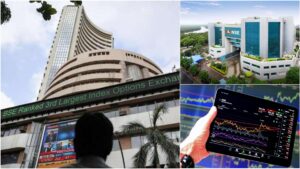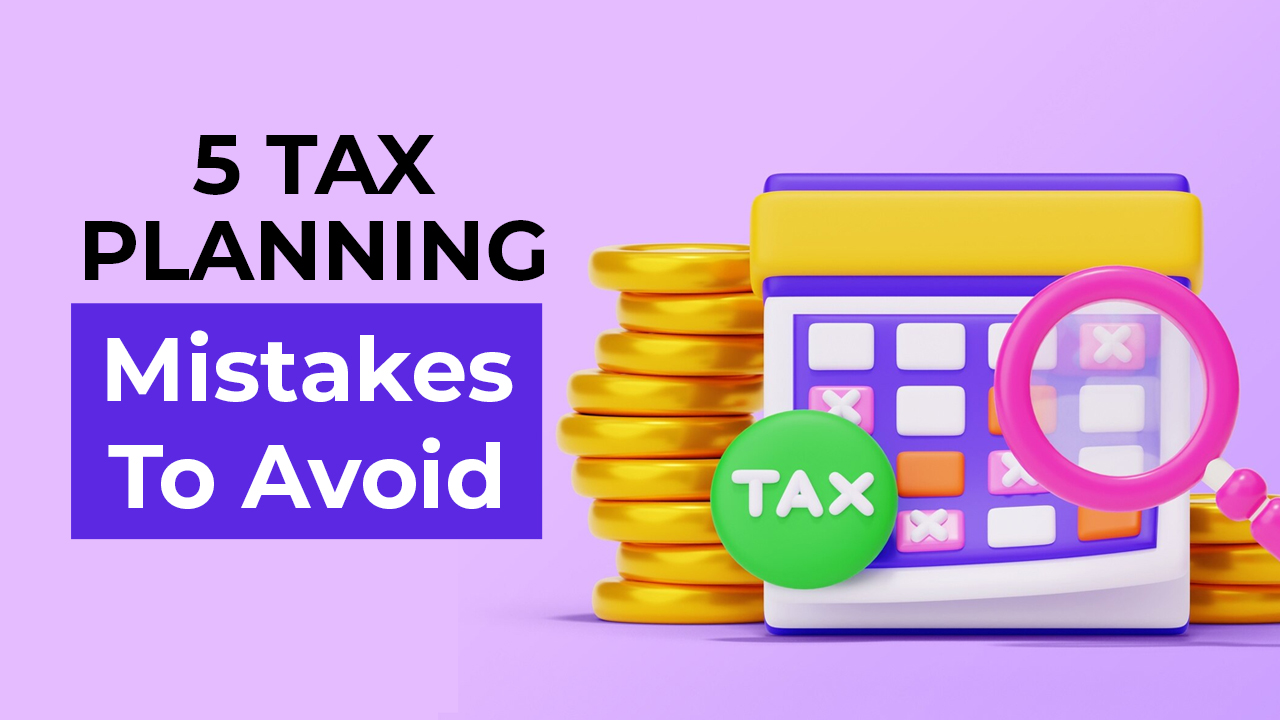[ad_1]
Should you’re a type of who’ve delayed tax planning till the final minute, be careful for these errors.In a column in ET Wealth, Sudhir Kaushik the CEO of Taxspanner.com lists widespread tax planning errors to keep away from:
Use the total restrict
Beneath the outdated earnings tax regime, people can declare deductions of as much as Rs. 1.5 lakh below Part 80C and an additional Rs. 50,000 for NPS contributions below Part 80CCD(1b). There are additionally deductions out there for medical insurance coverage premiums for self, household, and oldsters, in addition to the curiosity on dwelling and schooling loans. Nonetheless, not all taxpayers use these deductions absolutely.
ALSO READ | Tax Deducted at Supply information: Know TDS charges for numerous incomes in FY 2024-25 – examine checklist
Keep away from overinvesting
On the flip aspect, some taxpayers could be overinvesting to save lots of on taxes. Bills like tuition charges for as much as two youngsters are eligible for deduction.
For these repaying a house mortgage on a self-occupied home, the curiosity is deductible below Part 24, whereas the principal portion of the EMI is deductible below Part 80C. Moreover, the curiosity earned on NSCs can be claimed as a deduction. Once you add up these deductions, many taxpayers may discover they’ve already surpassed the Rs 1.5 lakh deduction restrict below Part 80C. Whereas overinvesting would not essentially lead to a loss, it does tie up your capital in investments. for 3-5 years.
Plan properly
tax planning is actually a type of monetary planning, It is essential for people to combine tax-saving investments into their general monetary technique. Nonetheless, this integration is just potential if one fastidiously evaluates the usefulness of every monetary product earlier than investing. Deductions like these provided below Part 80C present ample alternatives to handle gaps in a single’s monetary plan.
For instance, put money into ELSS funds in the event you want publicity to equities in your portfolio, buy an insurance coverage coverage for all times cowl, contribute to the NPS for retirement financial savings, go for NSCs or mounted deposits in the event you require funds in 5 years and might’t tolerate dangers, and take into account contributing to the PPF for the steadiness of a long-term mounted earnings possibility. Primarily, your tax-saving investments ought to align along with your long-term funding targets.
Assess long-term commitments
Chorus from getting into into multi-year monetary commitments with out comprehensively understanding the product and its match inside your monetary plan. Life insurance coverage insurance policies, for example, demand a long-term dedication, and terminating them prematurely can lead to important losses. Earlier than buying such insurance policies, consider your want for all times insurance coverage protection, your capability to pay premiums for all the time period, and your willingness to just accept returns averaging between 5-6%. If choosing a ULIP, guarantee thorough comprehension of all its options, notably the switching facility that allows changes to the portfolio’s asset combine.
ALSO READ | Tax Financial savings for FY 2023-24: 5 different choices past Part 80C
Diversify investments
The sturdy efficiency of fairness markets has resulted in spectacular returns for ELSS funds over the previous few years. These funds have delivered returns of 37.4% within the final 12 months and an annualized return of 18.1% over the previous three years. Nonetheless, it is necessary to keep in mind that ELSS funds are equity-based, and investing a major sum unexpectedly in a market which may be overvalued just isn’t advisable. If it’s essential to make investments Rs. 50,000-60,000 below Part 80C earlier than March 31, take into account allocating solely Rs 15,000-20,000 to ELSS funds and inserting the rest in safer choices like PPF, NSCs, or tax-saving FDs. This technique helps diversify your investments and handle danger successfully.
Contemplate tax implications
It is a paradox, however many traders keen to save lots of on taxes usually overlook the tax implications of their tax-saving investments. Earnings from mounted deposits and NSCs is absolutely taxable, leading to very low post-tax returns. Then again, good points of as much as Rs 1 lakh from ELSS funds are tax-free, whereas good points past this threshold are taxed at 10%. Nonetheless, as talked about earlier, investing giant sums without delay in ELSS funds is probably not the optimum strategy.
The NPS affords a balanced answer. Buyers can allocate even important quantities to the debt funds of the pension scheme and declare tax deductions. Subsequently, they’ll progressively transition to fairness funds, thus having fun with tax advantages whereas managing danger successfully.
[ad_2]
2024-03-19 12:48:43
[





















+ There are no comments
Add yours